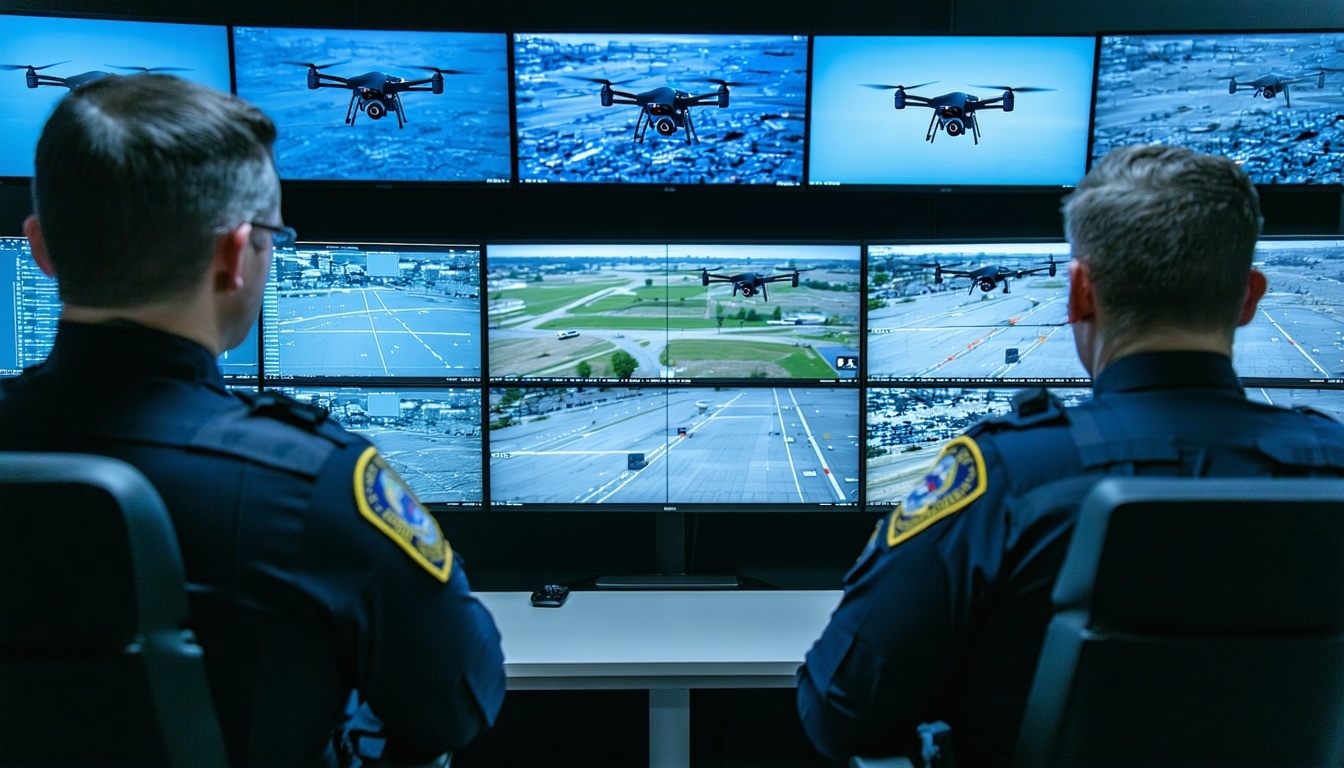
The implementation of Remote ID technology is revolutionizing the way law enforcement agencies monitor and manage drone activities, ensuring public safety and security.
The Importance of Remote ID in Modern Policing
Remote ID technology, often referred to as the 'digital license plate' for drones, is becoming a critical tool in modern policing. With the rapid increase in drone usage for both recreational and commercial purposes, law enforcement agencies face new challenges in ensuring airspace security and public safety. Remote ID provides real-time identification and location information of drones, aiding police in monitoring and responding to unauthorized or suspicious drone activities effectively.
Understanding the importance of integrating Remote ID into policing strategies is paramount. It not only helps in preventing potential threats but also assists in enforcing regulations related to drone operations. By leveraging Remote ID, law enforcement can enhance their situational awareness and operational efficiency.
How Remote ID Enhances Public Safety
Public safety is at the core of law enforcement missions, and Remote ID technology significantly contributes to this goal. By providing detailed information about drone operators and their locations, Remote ID enables police officers to quickly identify and mitigate risks associated with unauthorized drone flights. This technology is particularly crucial in sensitive areas such as airports, government buildings, and public events where drone incursions can pose severe security threats.
Moreover, Remote ID helps in the investigation of incidents involving drones, such as trespassing, smuggling, or surveillance. The ability to track and trace drones in real-time allows law enforcement to respond promptly and appropriately, ensuring the safety of the public and the security of critical infrastructure.
Key Features of Remote ID Technology
Remote ID technology encompasses several key features that make it an invaluable asset for law enforcement agencies. These features include:
- Real-time tracking: Provides instantaneous data on drone location and movement, enabling quick responses to unauthorized activities.
- Identification information: Displays the unique ID of the drone and the operator's details, facilitating accountability and compliance with regulations.
- Geofencing capabilities: Allows for the creation of virtual boundaries to prevent drones from entering restricted or sensitive areas.
- Data integration: Seamlessly integrates with existing law enforcement systems, providing a comprehensive overview of drone activities in the area.
What to Do If You Encounter a Drone
If your department has airspace awareness tools that can detect Remote ID broadcasts, you may be able to see identifying information about nearby drones. But then what?
That’s where working with the Federal Aviation Administration (FAA) becomes essential. Law enforcement can report drone incidents or concerns directly to the FAA, helping ensure the drone community stays safe and accountable.
Police Department Drone Investigation: How to Work With the FAA
This partnership ensures the FAA can take regulatory action if needed—and helps your department focus on immediate safety without overstepping.
Remote ID Is Not About Stopping Drones: It’s About Understanding Them
It’s important to remember that the goal of Remote ID is not to stop drones from flying. Drones serve a wide range of purposes: delivering goods, conducting inspections, filming media, and even supporting police and fire operations.
Instead, Remote ID gives officers the airspace awareness they need to protect people, property, and ongoing missions. It helps distinguish between routine and risky flights so that you can focus your resources where it matters most.

